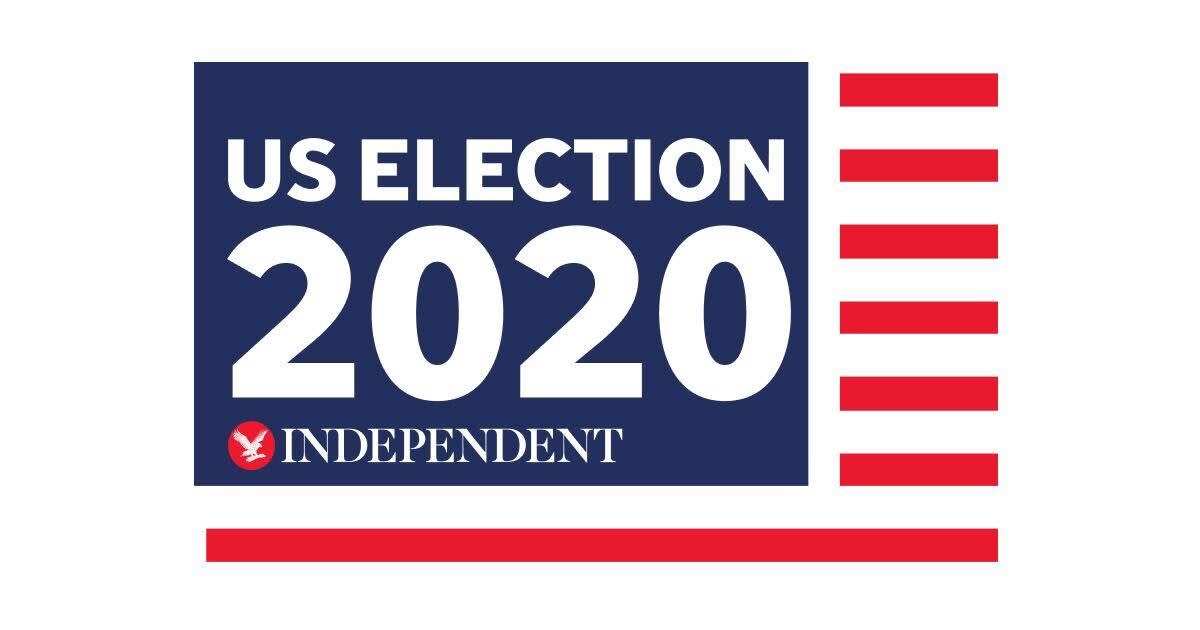Poll analysis: Trump looks like he has no chance of a second term or is this 2016 all over again?

One month out from the election, Donald Trump is behind in the polls and forecasters estimate his chances of victory at no more than 30%.
All of which sounds alarmingly familiar. This time four years ago, forecasting models showed there was a 70% to 99.9% chance that Hillary Clinton would become president.
But don’t panic. The polls may look eerily similar to 2016, but Wharton professor of statistics Abraham (Adi) Wyner says we shouldn’t expect the same outcome. The reason, he says, is that an election isn’t like a sports event, where Trump a trailing team with a small chance to pull off an upset. Instead, we should think of it more like picking the Oscar winner before it’s announced: The results are already in the envelope and need only to be revealed.
“When I say there’s a 99% chance of winning a baseball game, that's a real life probability,” Wyner said. “A team is down six runs in the ninth inning. And one time out of 100, they string together enough random events to actually win. But this isn’t the case in a presidential election. The chance that a forecast is wrong has nothing to do with the state of the universe. Nothing is random except for the people you’re polling.”
So we shouldn’t think of the last election in a way that assumes that “70-to-99.9 times out of 100, Clinton would have won.” Rather, Wyner says, “No matter how many times [we replayed that election,] Trump would have won every time.” The difference is that 0.01% to 30% of the time, the polls informing the models randomly would have been correct.
Four years on, the polling—and the forecasting models—should be better, Wyner says.
With that caveat, here’s the state of the election as of Oct. 3. This is post-first presidential debate but not reflective of forthcoming polling changes related to Trump’s COVID-19 hospitalization.
RealClear Politics has Democratic nominee Joe Biden extending his advantage 1.4% to +8.1% since the debate. At this time in 2016, the margin was +3.8 in favor of Clinton. Its electoral map has 226 (of the 270 needed to win) for Biden to 125 for Trump with 187 a toss up. The no-toss up map where the polling aggregate leader at the moment by any margin wins the state has the current race 375 Biden, 163 Trump.
FiveThirtyEight simulates the election 40,000 times based on current polling, weighted for how the site grades pollsters. It currently has Biden winning 81% of the time, no matter the margin.
Princeton Election Consortium emphasizes a “Meta-margin,” meaning that polls would have to move 5.2 percentage points as of Saturday in Trump’s direction for the race to be a toss-up. It forecasts 354 electoral votes for former vice president Biden.
A 2020 Forecast Average of 35 presidential forecasts (so it’s aggregating the aggregators) gives Biden an 80.8% chance to win and an average of 332 electoral votes.
The betting markets essentially poll gamblers and not voters. Thus, Wyner noted, they have a wide discrepancy with the polling models. In the last election, Wyner said bettors favored Trump because of gaps in the polling. Now, with less gaps than in the last cycle, they favor Biden, with an implicit win probability of about 64%.
Wyner understands what he’s saying is unsettling. “This is an evolving science and I hope they (the modelers) made some improvements. But it’s very hard to test yourself because it’s a single trial. And turnout is much higher. A national presidential election is just a different beast.”
Read more
Should you trust the polls in 2020? Here’s what pollsters have to say
Trump leaves hospital suite for photo op drive-by in motorcade amid crowds of supporters
‘We love Trump’: Impromptu rallies held across America in support of president
Trump mocked for signing apparently blank paper in ‘staged’ photos at Walter Reed


